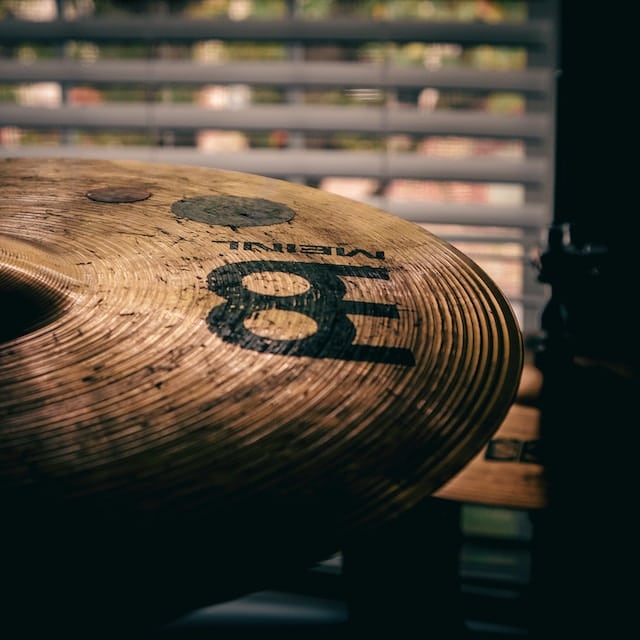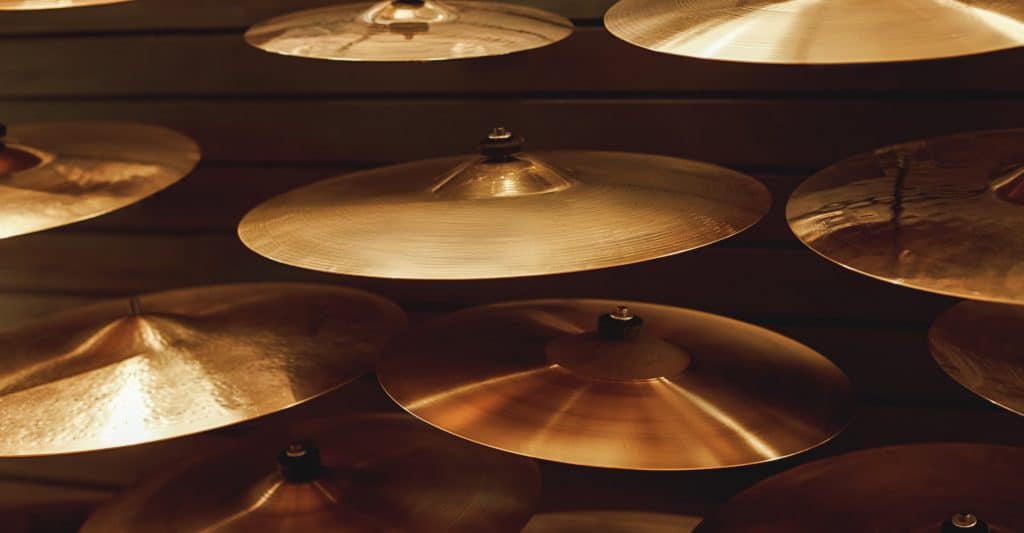What makes a great drum set for kids?
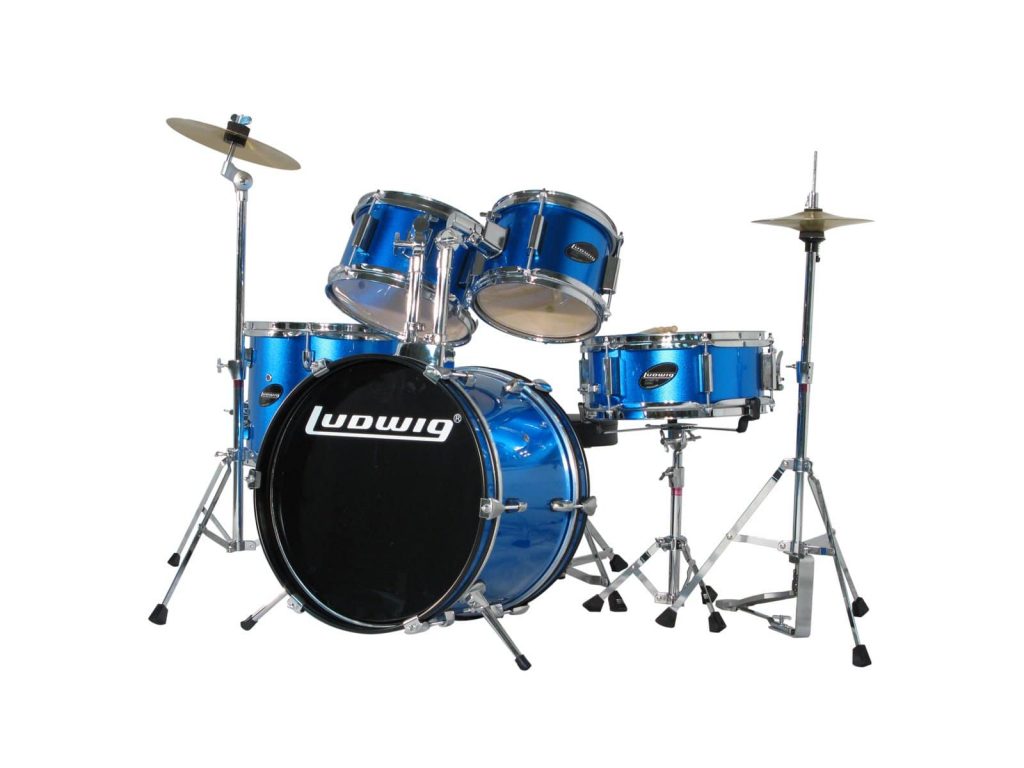 Shopping for kids is different than finding a drum set for adults. You need to consider aspects that will make it easy for children to enjoy the hobby:
Shopping for kids is different than finding a drum set for adults. You need to consider aspects that will make it easy for children to enjoy the hobby:
- Easy to reach and set up all components
- Great to look at
- Sturdy to prevent damage
- Appropriate for the age group
Features to consider when choosing a junior drum set
With the many models available on today’s market you’ll have no shortage of options. But that makes it difficult to pick. Our list of features will show you how to identify the best ones. Help your child understand: it’s not only about aesthetics. If they allow you to guide them through picking their new instrument they’ll have more fun.
What’s included in the kit?
Don’t assume all sets are the same. Brands include different items. Some only provide the drums without any cymbals. This isn’t necessarily a bad sign, as you may prefer a different brand’s cymbals. Or perhaps you already have some?
If you’re lucky you can even get a few accessories—such as sticks or a drum throne—to ensure your child can start playing as soon as the package arrives at home. Some brands even provide training manuals or DVDs. These are worthwhile investments to help your child progress as quickly as possible.
Type of drum kit
First off: there’s no real winner here but you’ll often come across debates about the two types of kits: electronic sets and standard drum sets.
If you don’t want noise to affect the neighbors, without a doubt you’ll need an electronic set.
These can be listened to via headphones when your child practices and once he or she gets on a stage the audio will be played through the speakers. Of course, you need electricity to make these sets work, so make sure there’s a power outlet in the practice room. Two great electronic drum set options are the
Pyle Pro Electronic Drum Kit and
Paxcess Electronic Drum Set.
But some players simply prefer the old fashioned way of playing on a standard set. The wood creates unique sounds a true musician is bound to fall in love with. Just note that the standard sets are more difficult to transport and you can’t control the sound volume much.
Drummer age
 Make sure the manufacturer kept unique features of a specific age group in mind while designing a drum set. It must allow the child to play comfortably.
Make sure the manufacturer kept unique features of a specific age group in mind while designing a drum set. It must allow the child to play comfortably.
Look closely at which age group the set is most appropriate for. The challenge is to plan for the long term. Will the set suffice for a few years at least so you don’t have to replace it every year?
Materials and build
There’s not necessarily a right or a wrong material, but know that different materials produce different sounds. Wood is popular because it produces beautiful tones, but don’t settle for just any wood: each type will sound different. You’ll come across sets made of mahogany, maple, birch, and more.
Other set are made of metal or plastic. The latter makes for affordable sets that are sufficient for small children who want to explore a new activity.
Drum set dimensions
Each set mentioned above has a different footprint. You need to align the dimensions with the available space in your child’s room or practice area.
This is not only a practical consideration. It will also affect how comfortable your child feels while playing on the new set. If there are too many large components in a very small space, he or she will feel cramped. If you’re setting it up in a small area, opt for the sets with fewer drums such as the Music Alley Kids 3 Piece Kit.
Don’t be concerned if you don’t have floor space available. The good news is that technology resulted in desktop options your kid can use on his or her lap or even on their desks and beds. That’s where the Pyle Pro Electronic set will come in handy.
Ease of set up
When your child embarks on a new hobby, you should try and make it as effortless as possible.
You don’t want a small child getting frustrated with setup instead of enjoying his or her talent. For this reason, it’s smart to start off with a simple setup, rather than a complicated set with too many components.
Easy setup is also important if you know your child may soon start performing with others in a band. Traveling to a venue to practice or perform requires quick setup so there’s maximum time for soundchecks and play. Make this easy on your child by purchasing gear that’s easy to assemble. This makes items like the Paxcess set or the Pyle Pro a practical solution.
Tips for getting the most out of a kid’s drum kit
You can help your child get more out of his or her junior drum kit in more ways than one. For starters it’s not only about improving the sound—what about regulating the volume? If you’re buying a set so your child can practice at home, you’re probably going to worry about the neighbors complaining about the noise. It’s possible to limit the volume of the sound without ruining the audio. Low volume cymbals are available, or your child can practice with brushes instead of sticks.
To customize and improve the sound itself you can place damp paper towels on drums and cymbals. Stick them underneath and they can turn a tinny sound into a much more enjoyable audio experience. In addition—you can do this yourself or ask a local expert to give your child a few tips—you can use tuning to change the sound. This is usually done with a drum key. You can also replace a kit’s heads or add high end cymbals to enhance the overall sound.








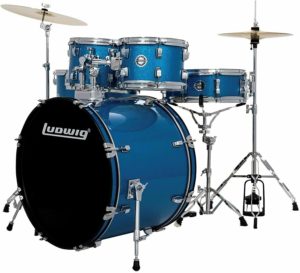

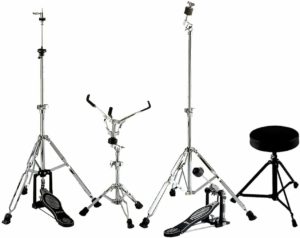
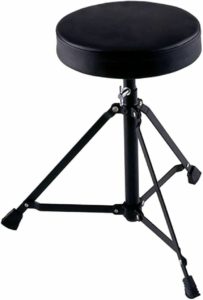

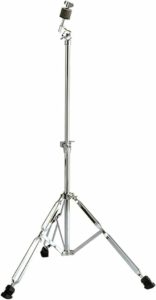
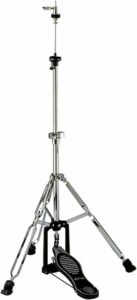
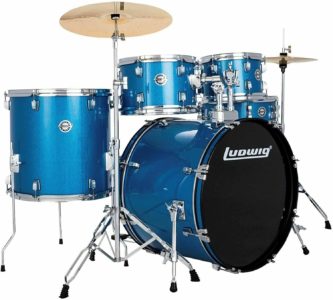
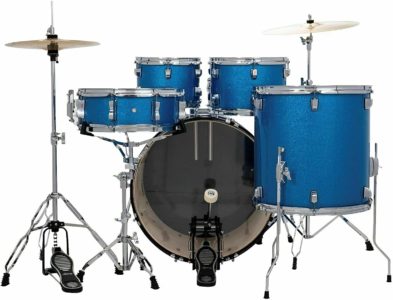
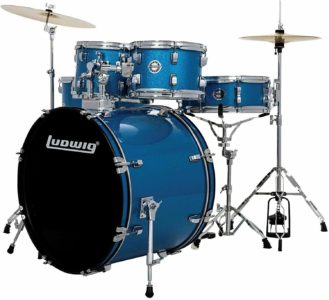


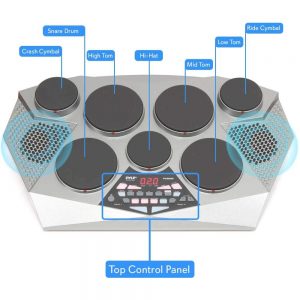

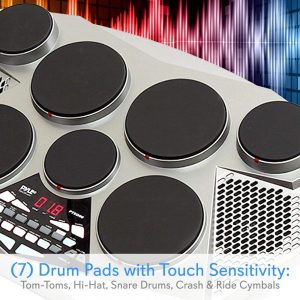
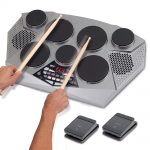
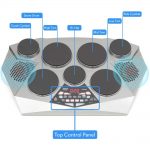
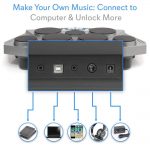
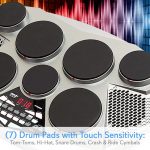
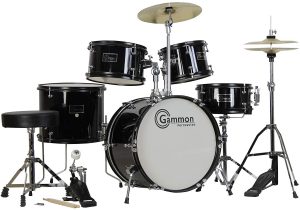
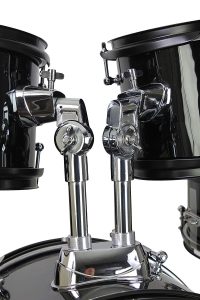

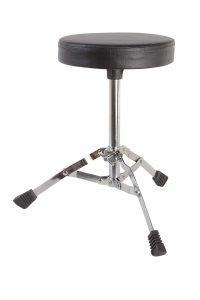
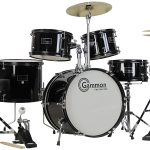
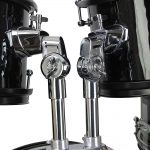
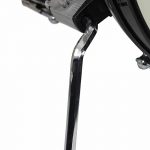

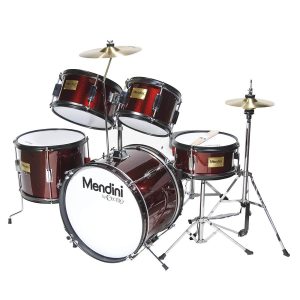
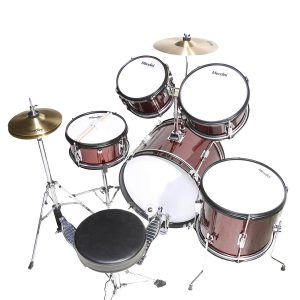
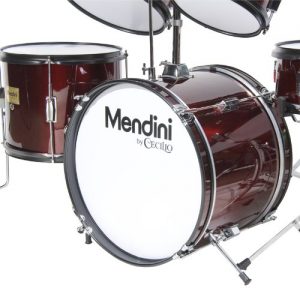
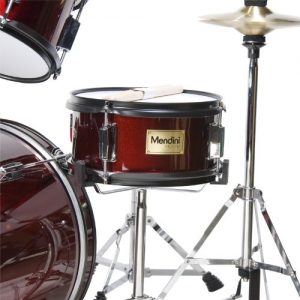

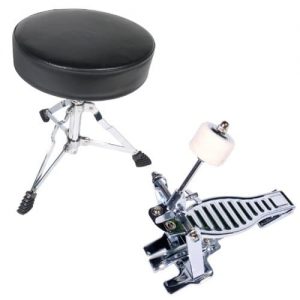
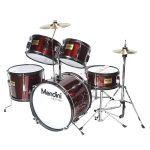
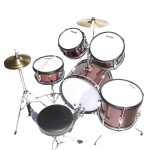

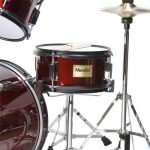
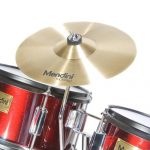
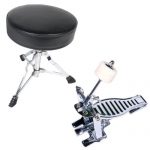
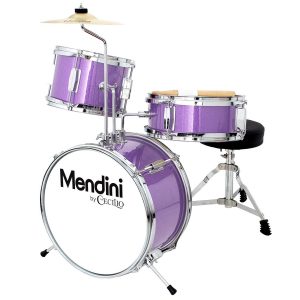
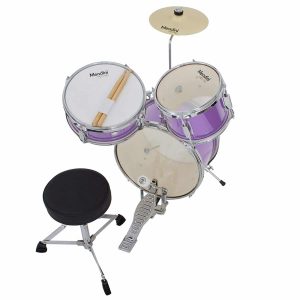
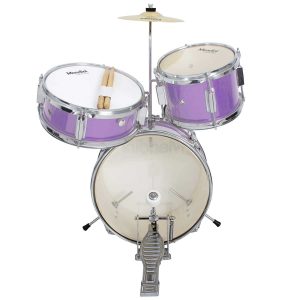

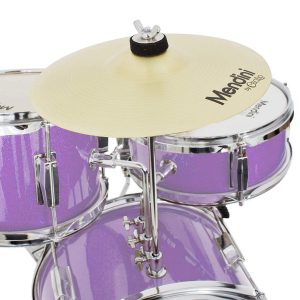
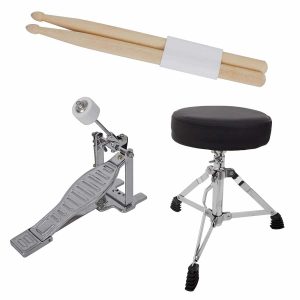
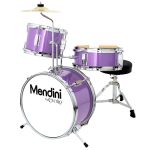

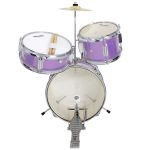

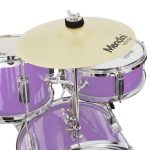
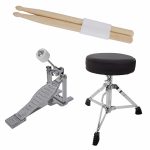
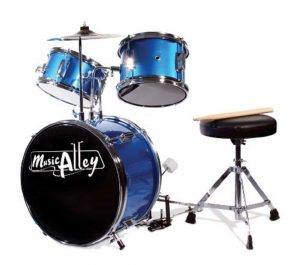

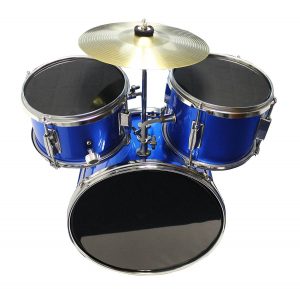
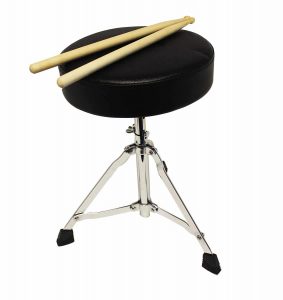

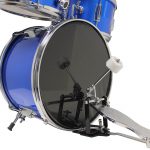
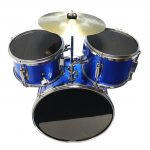
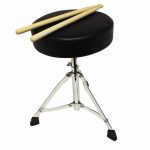
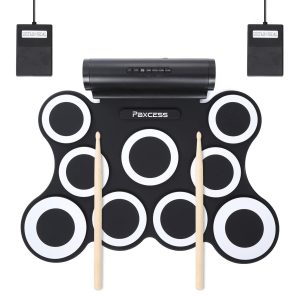
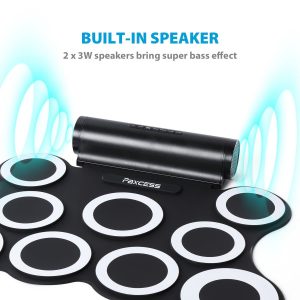
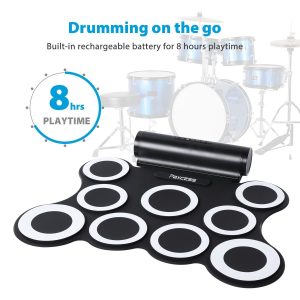
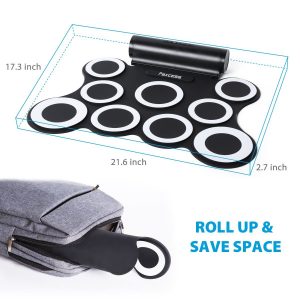
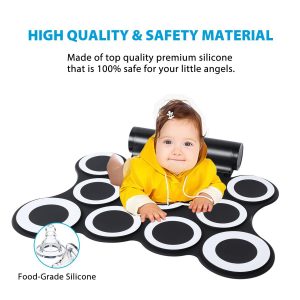
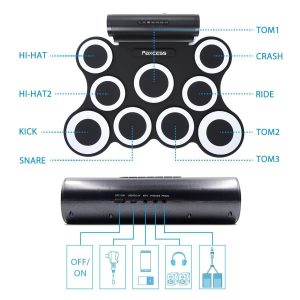
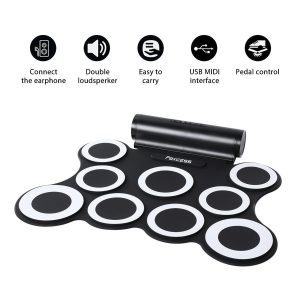
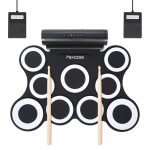





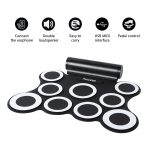
 Shopping for kids is different than finding a drum set for adults. You need to consider aspects that will make it easy for children to enjoy the hobby:
Shopping for kids is different than finding a drum set for adults. You need to consider aspects that will make it easy for children to enjoy the hobby: Make sure the manufacturer kept unique features of a specific age group in mind while designing a drum set. It must allow the child to play comfortably.
Make sure the manufacturer kept unique features of a specific age group in mind while designing a drum set. It must allow the child to play comfortably.





